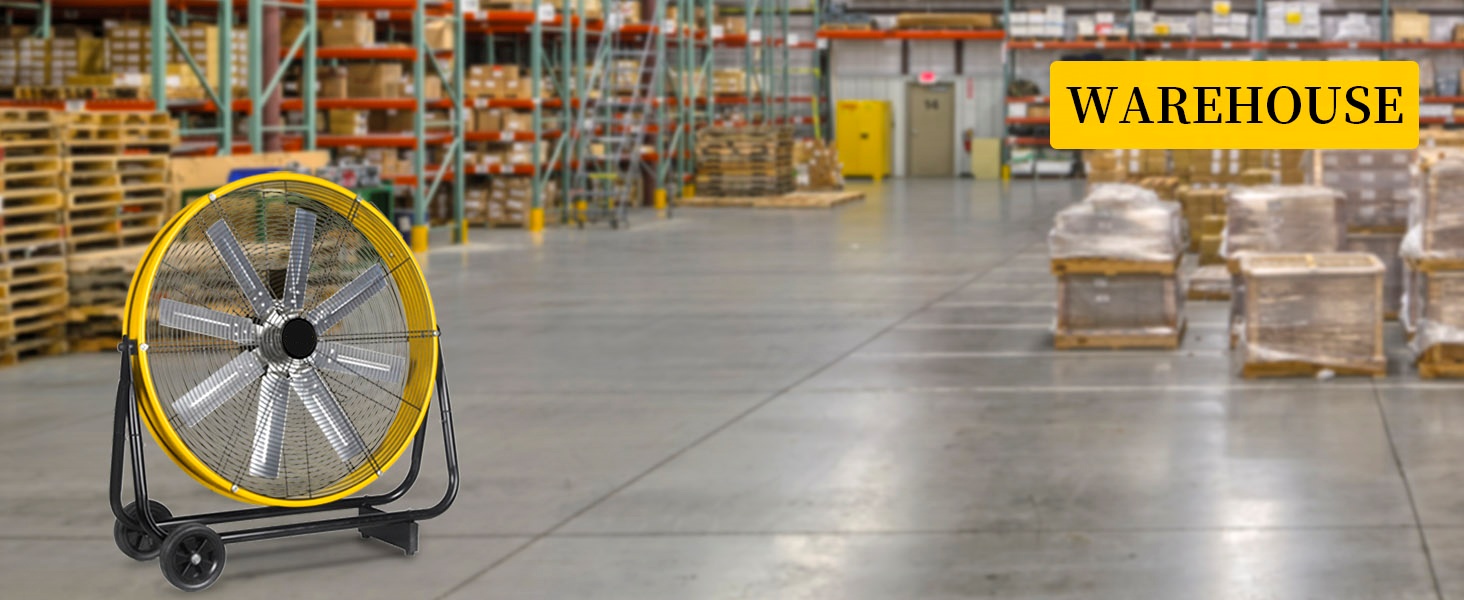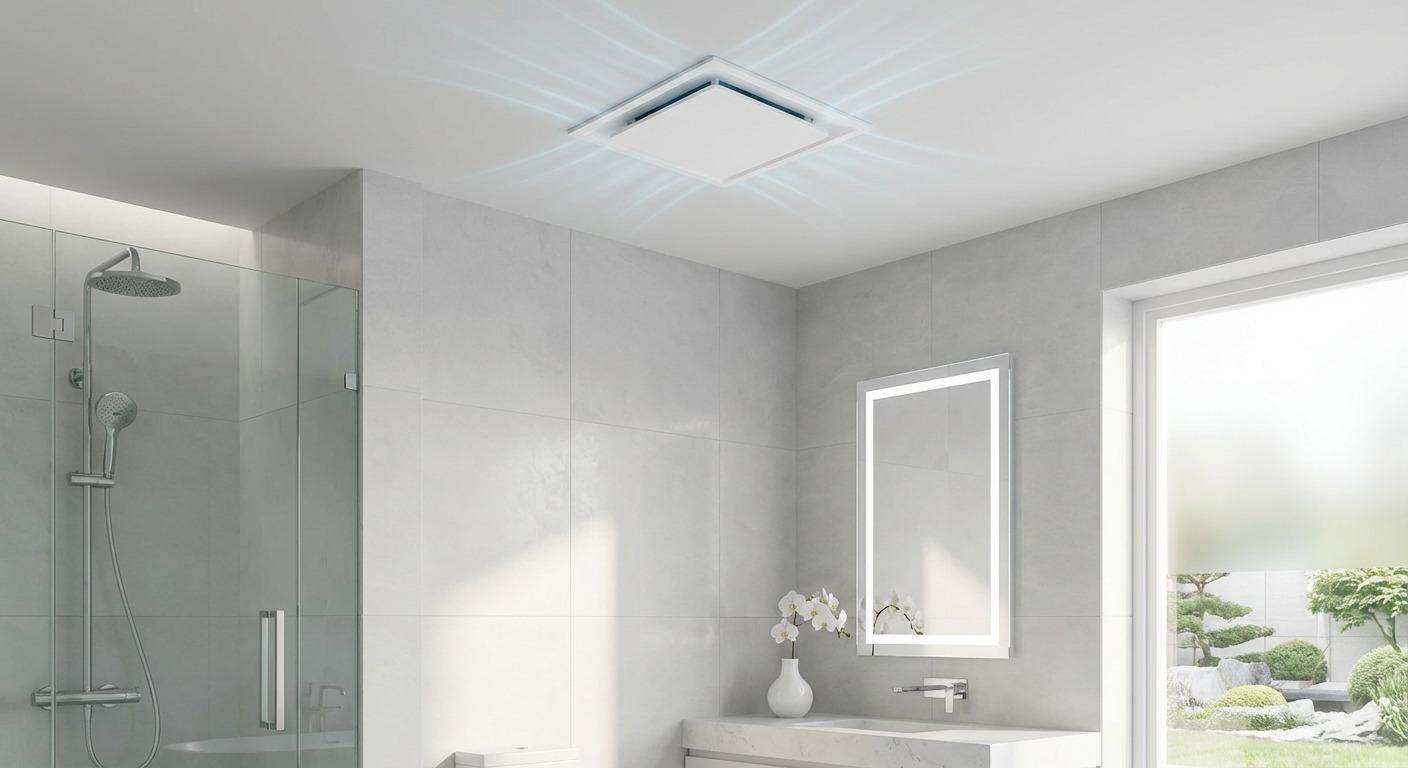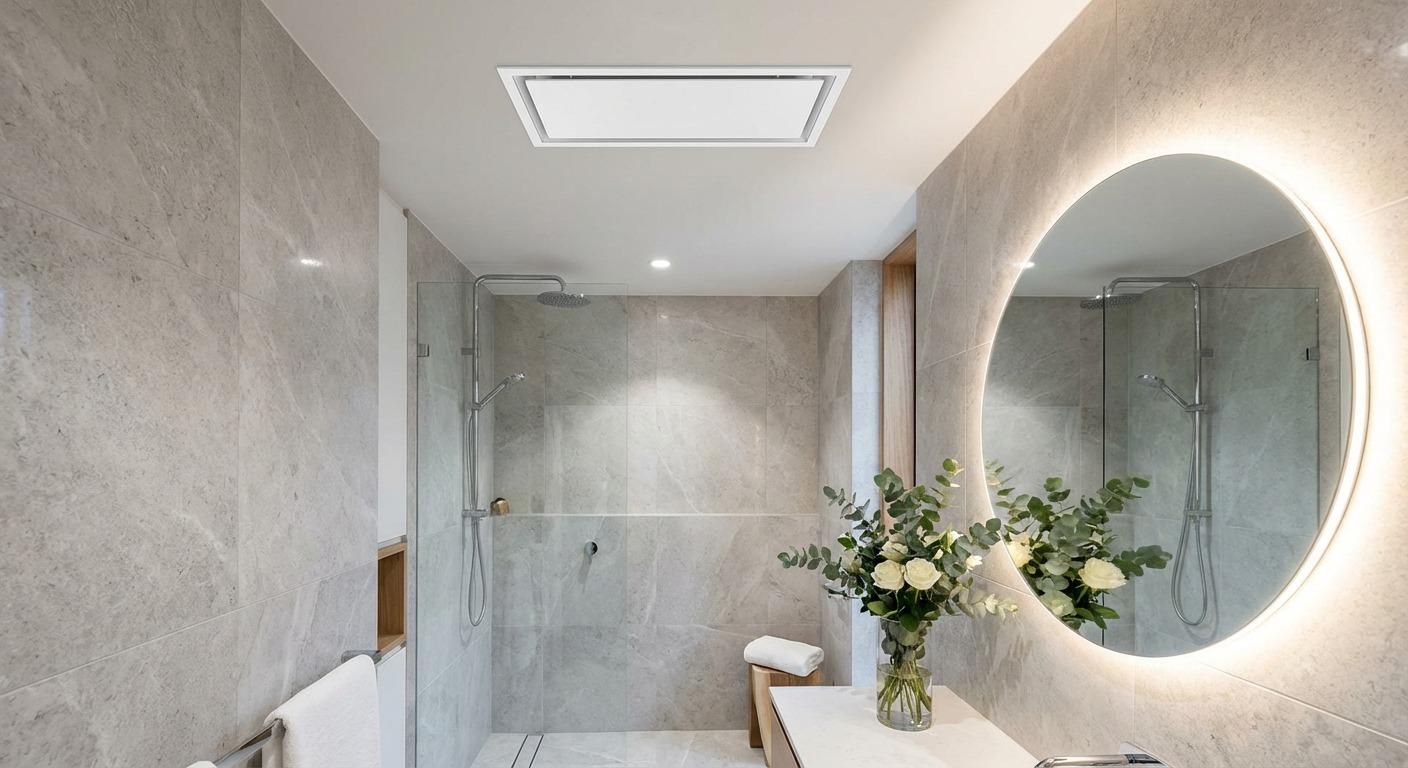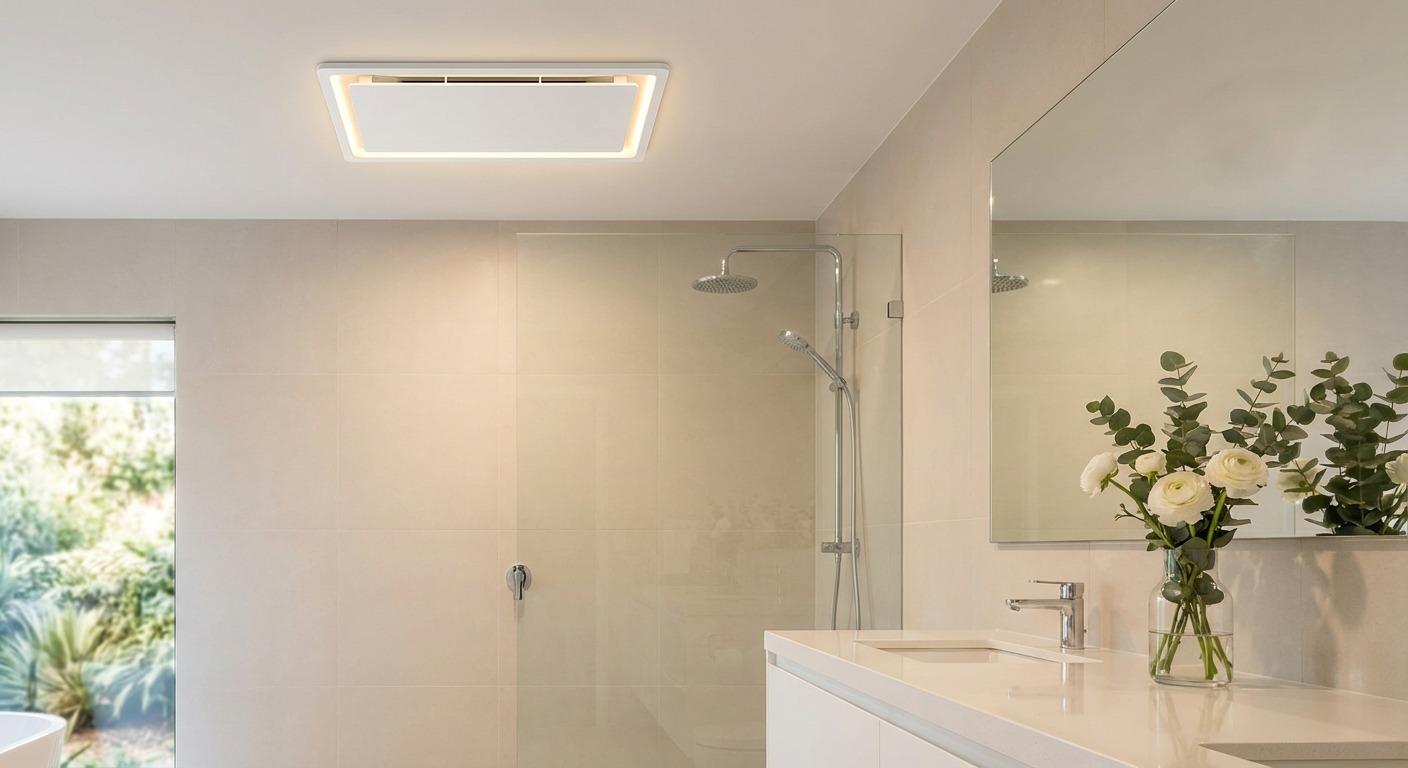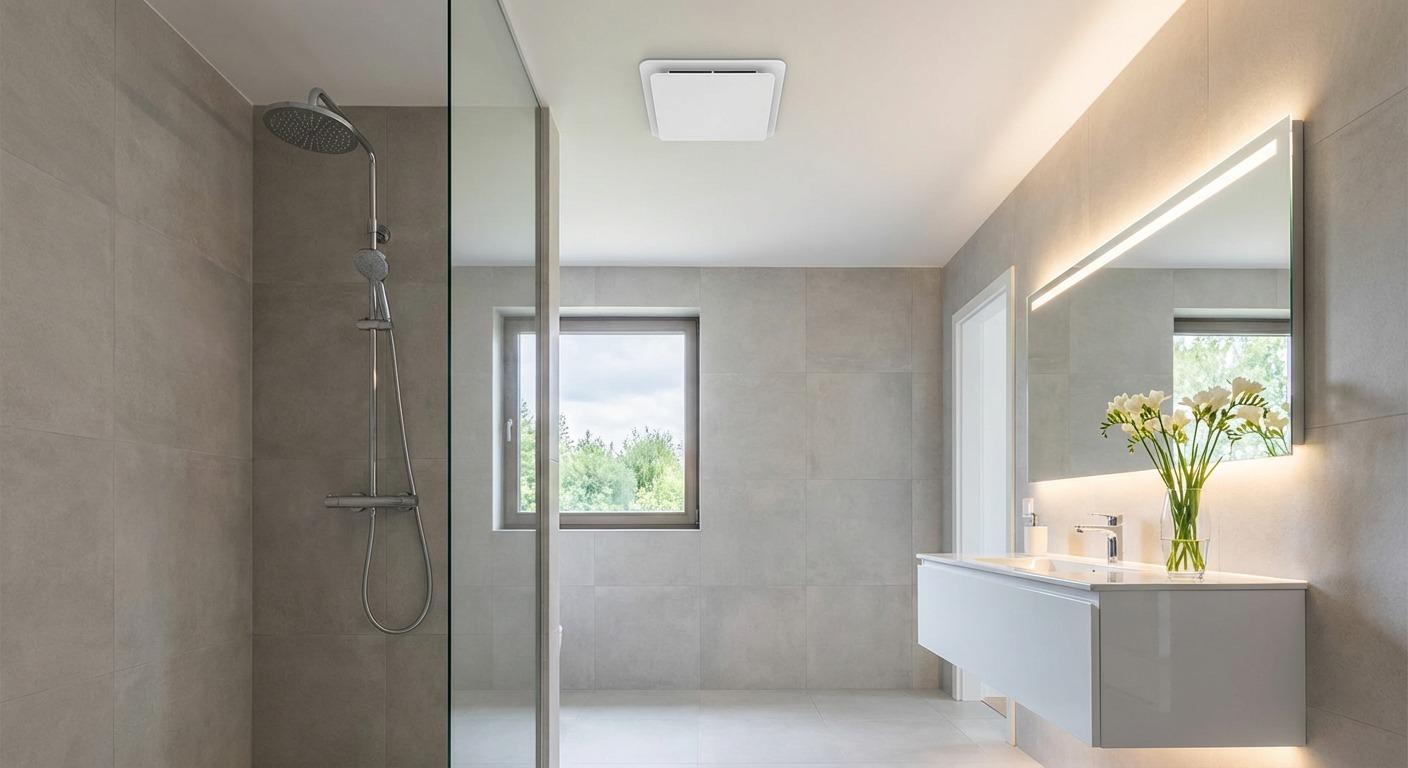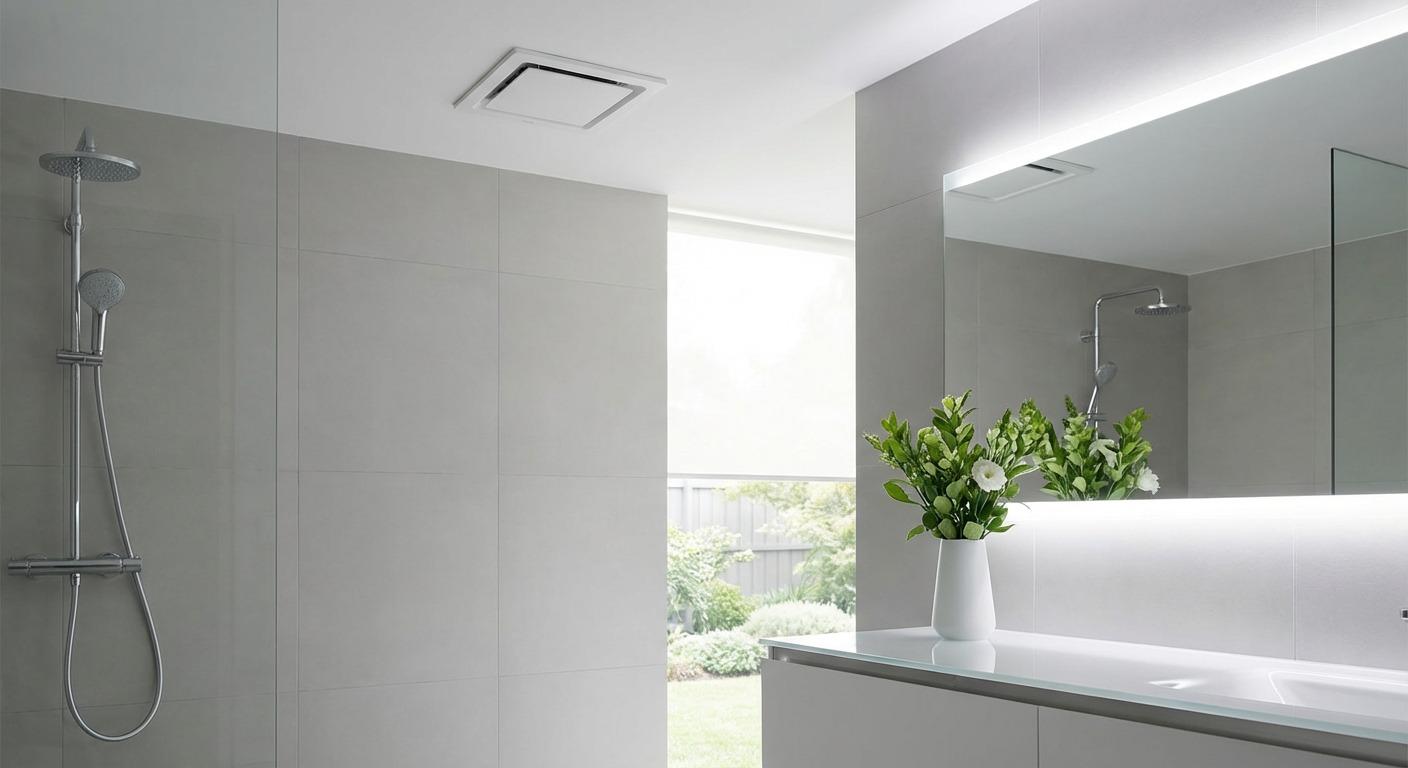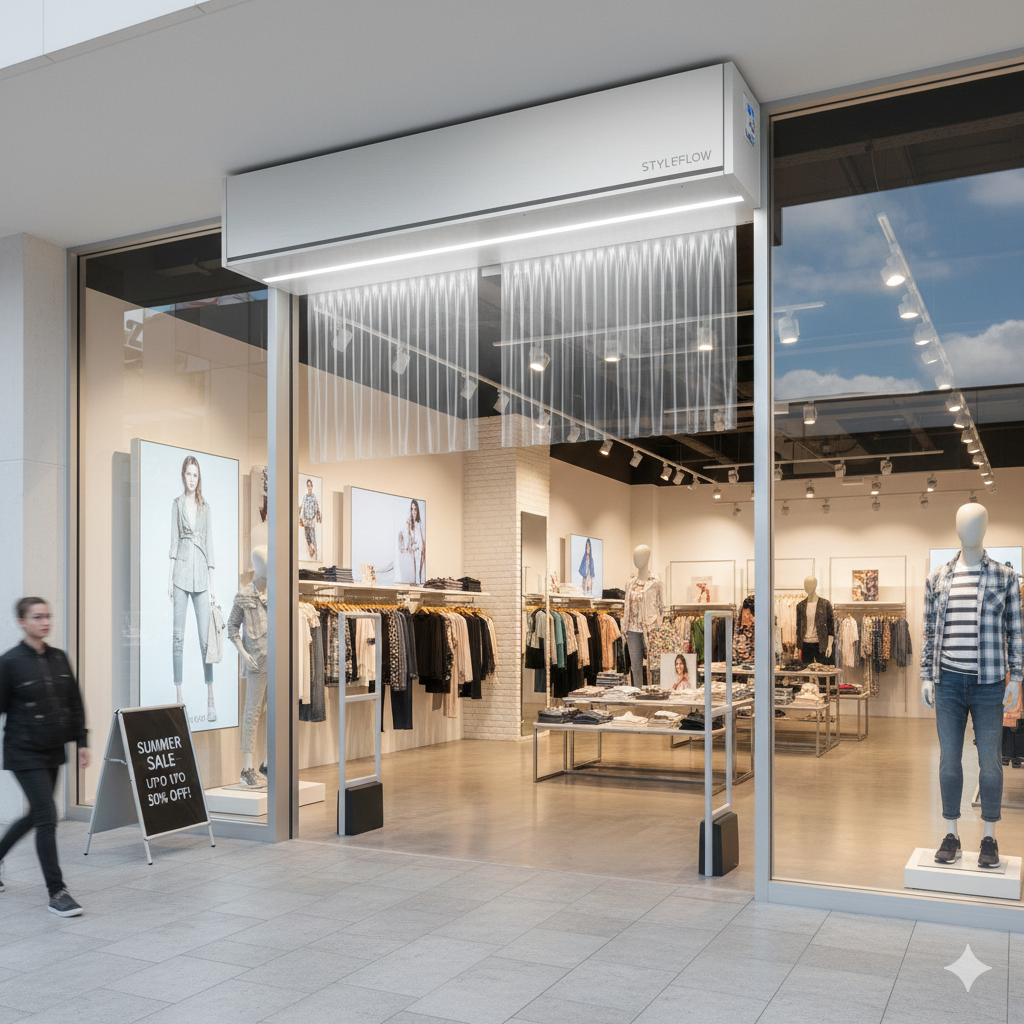The modernindustrial fanis undergoing a significant transformation, evolving far beyond its traditional role of simple air circulation. In today's competitive landscape, industries are demanding more than just brute force ventilation; they require solutions that are efficient, specialized, and intelligent. The trend is moving towards integrated systems that not only improve air quality but also enhance operational productivity, reduce energy costs, and contribute to a safer, more modern work environment. This shift reflects a broader industrial trend where every piece of equipment, including the humble fan, is expected to deliver multifaceted value.
The Drive Towards Energy Efficiency and Performance
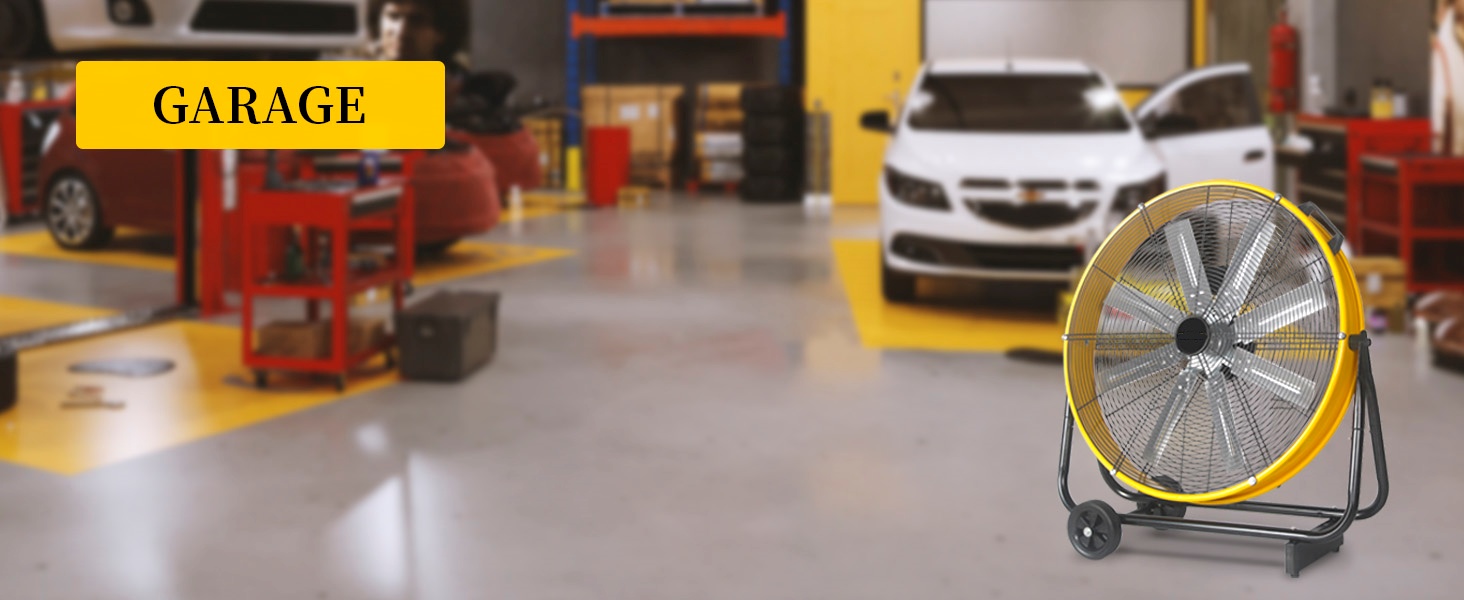
One of the most powerful trends shaping the market is the push for energy efficiency. Anindustrial ventilation fansis no longer judged solely on its airflow capacity but also on its energy consumption. Businesses are increasingly aware of the long-term operational costs, and manufacturers are responding with innovative designs. This includes the integration of high-efficiency motors and aerodynamically optimized blades crafted to maximize air movement with minimal power draw. The use of durable yet lightweight materials like aluminum allows for faster start-up and reduced strain on the motor, further contributing to energy savings while ensuring longevity in rugged environments.
Specialization for Targeted Applications
The era of a one-size-fits-all approach is over. The modern industrial sector requires specialized fans for specific tasks. For instance, ahigh-power industrial exhaust fanis crucial for safety in workshops and factories, effectively removing harmful fumes, smoke, and airborne contaminants to protect workers and comply with health regulations. Its design is focused on high-pressure performance to vent air over long distances or through complex ductwork. In contrast, large-scaleindustrial ceiling fansare engineered for broad air circulation in vast spaces like warehouses and distribution centers. They move large volumes of air at low speeds, creating a comfortable environment and preventing air stagnation without the high energy cost of traditional cooling systems.
Integration into HVAC and Smart Systems
A growing trend is the seamless integration of fans into comprehensive building management systems.HVAC industrial fansare pinnacle examples of this evolution, serving as core components in sophisticated climate control networks. These fans are not standalone units but are integral to maintaining precise temperature, humidity, and filtration levels required in sensitive environments like data centers, cleanrooms, and advanced manufacturing facilities. This integration allows for automated control, real-time adjustments, and a holistic approach to managing a facility's internal environment for optimal efficiency and performance.
A New Era of Industrial Aesthetics
Functionality no longer comes at the expense of design. A subtle but important trend is the rising aesthetic standard for industrial equipment. Sleek profiles, dynamic color schemes, and polished finishes are becoming more common. This isn't just about looking good; it's about reflecting a company's commitment to modernity, precision, and quality. A well-designedindustrial fan, with its robust metal frame and corrosion-resistant finish, communicates durability and cutting-edge engineering. For companies like Ningbo Aoshun Electrical Co., Ltd., understanding these trends is key. By offering a comprehensive, one-stop purchasing solution for a wide range of ventilation products—from powerful exhaust fans to integrated HVAC components—they help wholesalers and buyers worldwide build facilities that are not only efficient and safe but also impressively modern.

